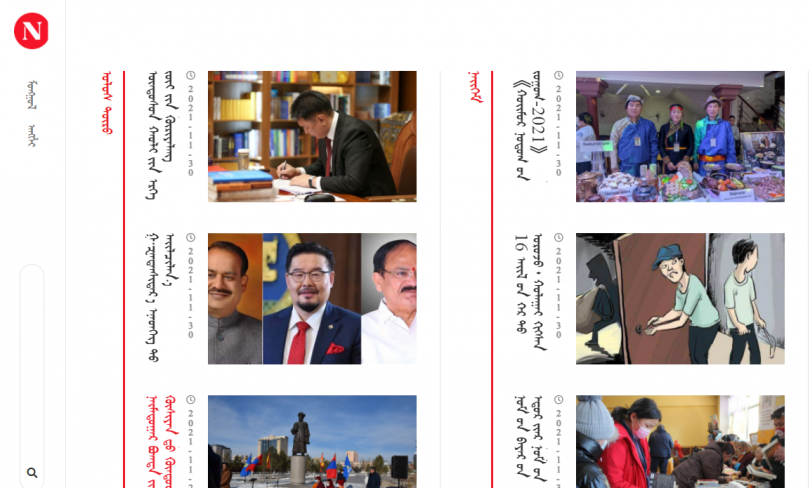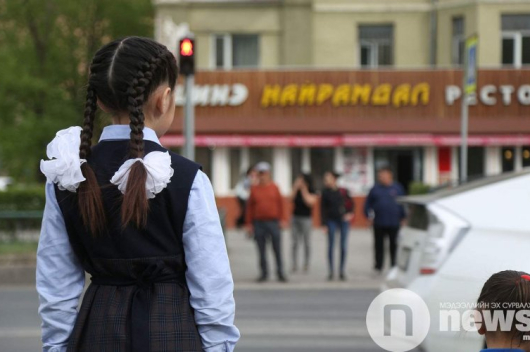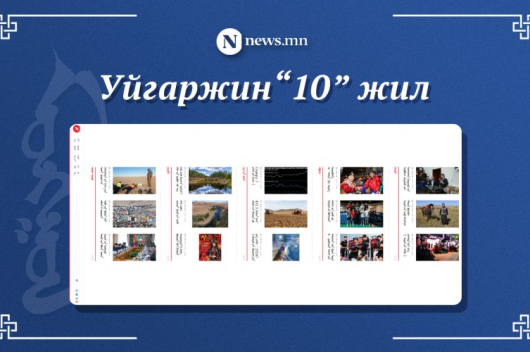In July 2010, President of Mongolia Ts.Elbegdorj issued a decree to increase official use of traditional Mongolian script. As the Presidential decree became effective from July 1st 2011, to adhere to the regulations, any official document or letter from the President of Mongolia, Speaker of Parliament, Prime Minister, and cabinet ministers to their counterparts in foreign countries have been sent in traditional Mongolian script along with official translations in the respective native language or UN official languages. Measures have also been taken to ensure birth certificates, Identity cards, all levels of education certificates and diploma are written in traditional Mongolian script except Cyrillic script.
In the efforts to increase official use of traditional Mongolian script the President`s official web site www.president.mn has been released in two Mongolian language versions, one in traditional Mongolian script and one in Cyrillic.
Separately, News Agency, the first Mongolian private media website launched a traditional Mongolian script version of its news website on 1 December, 2014.
The website, uigarjin.news.mn, is working fully functional on several internet browsers including Google Chrome, Mozilla Firefox, and Internet Explorer. It is also possible to access uigarjin.news.mn from Android or iOS phones and tablets.
The traditional Mongolian script site, uigarjin.news.mn, welcomes everyone who values the heritage of traditional Mongolian script, and has a desire to promote and distribute information in Mongolian script.
In 2020, Mongolian Government announced plans to restore the use of its traditional alphabet by 2025, replacing the Cyrillic script adopted in the 1940s under the Soviets in a move away from Russian influence.
The government will take transitional measures to prepare for the full restoration of the traditional alphabet. It will start with using traditional Mongolian in the “electronic environment”. Scientific, literary and state registry offices were asked to establish a system for Mongolian names. Media are required to publish in both scripts until 2024, and schools must increase learning time to study the writing.
The difference in alphabets has split the Mongolian people, with three million living in Mongolia and writing in Cyrillic, and nearly six million in Inner Mongolia, a Chinese region where the traditional script written in vertical lines is used.
Recently, China announced a new policy that replaces Mongolian-language textbooks with Chinese ones in classrooms. The push to use the new textbooks, has prompted demonstrations and school boycotts by ethnic Mongolians in at least five cities and counties in Inner Mongolia. Police in China’s Inner Mongolia region have detained at least 23 people following protests last week against a new policy that replaces Mongolian-language textbooks with Chinese ones in classrooms.
 3,575.44
3,575.44












Related News